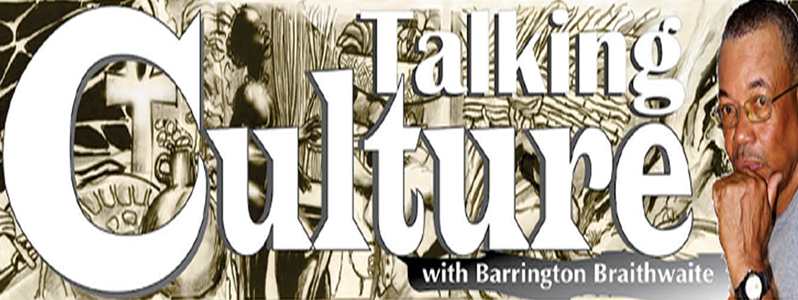MOST of the reactions to slavery in the Americas were violent reactions by the enslaved, driven by the justified passion for settling scores in a likewise manner that slavery was institutionalised against the enslaved, except for rare incidents of human exchanges that also existed.
The Colony of Demerara was somewhat different from any other slave colony in the Americas. One must remove the mentality and construct of the colony from events that were happening in England, then the new Mother Coloniser of the original Dutch tri-colonies that embodied the then British Guiana. The planters and merchants were the local authorities, worse yet when the appointed Governor owned plantations, and considered the uninterrupted machinery of slave labour to ensure his comfortable post-service well-being.
Thus describes the Crown authority of the colony, Governor John Murray, and the pinnacle of his concerns.
August 20 is a significant date in the history of modern Guyanese; it has been described rightfully as the ‘Demerara Martyrs Day’, for it was martyrdom that enveloped the 1823 mass slave protest, from inception to end, not the practical combat insurrection that would have levelled the field, though it may not, in the longrun, have changed their world as they would have wanted it to. That it hastened the abolition in some ten years can be considered an outcome; it was usurped by the further four-year ‘subvention of African labour’ 1834 to1838, to the benefit of the planters. That event is referred to, erroneously, as ‘Apprenticeship’.
One of the foremost realities of Demerara is captured by the author, Thomas Harding, in his 2022 book, WHITE DEBT’, as follows: “The truth was that those who ran Plantation Success were encouraged to use violence to maintain control, so sugar production would be maximised. Indeed, Demerara was known as one of the most violent colonies in the British Caribbean. Why was this? The colony had only recently been brought into the British Empire, and was, therefore, considered by the colonists to need ‘civilising’ compared with places with long histories of British rule like Jamaica or Bermuda. This perceived need for violence was amplified by the fact that the White population was greatly outnumbered by the Black population.” This is not to say that the Dutch, before the English, were more humane. Europe in itself did not generate much human treatment of underdog-slaves, serfs or commoners in their societies, or with their tribal conquests through war etc. in comparison to what was practised in Africa from varying tribal kingdoms that incorporated rights.

The other problem was the substance behind the pretext of the protest. The idea that had drifted to the enslaved population that slavery was abolished was not all correct. Conversations were meeting at the conversation table of the Governor on movements towards abolition, which seemed a practical worry, because, in 1808, the British had stopped the human traffic of slaves, which left suspicions that based on the agitations by the abolition movement in the British Parliament, had left the slave-owning planters of the colonies uneasy. But the rumour that slavery was over and the planters were denying the enslaved their freedom was far from the truth.
But there was an even greater issue about Plantation Demerara that Jack Gladstone did not understand. The British were no doubt haunted to extremes by past events in the very West Indies; the British Military historian, Sir John W. Fortescue “Pitt and Dundus, had full warning that on this occasion they would have to fight not only poor, sickly Frenchmen, but the Negro population of the West Indies, yet they poured their troops into these pestilent islands, in the expectation that thereby they would destroy the power of France, only to discover, when it was too late, that they had practically destroyed the British Army” we don’t know if the psychopathic Lt Colonel Leahy who murdered innocent enslaved people in 1823 and even threatened the African of mixed heritage owner of Plantation Cove and John, and Bachelor’s Adventure, who protested on behalf of his enslaved workers; if Leahy was a survivor of Haiti? But Jack and his comrades had the warning of what happened in Barbados. Jack Gladstone was, however, convinced enough to think that a non-violent protest would work, which may have if the rumour he so believed was true.
We can never fully understand what transpired with the thinking back then, except to say “that through them are we” and we owe their sacrifice the reverence it is due. I had designed a relative monument for that event, but Mayor H. Green, though supportive, did not have the economics to execute it. It accompanies this article. The 1823 Movement is permitted to use it on their letterhead.




.png)









